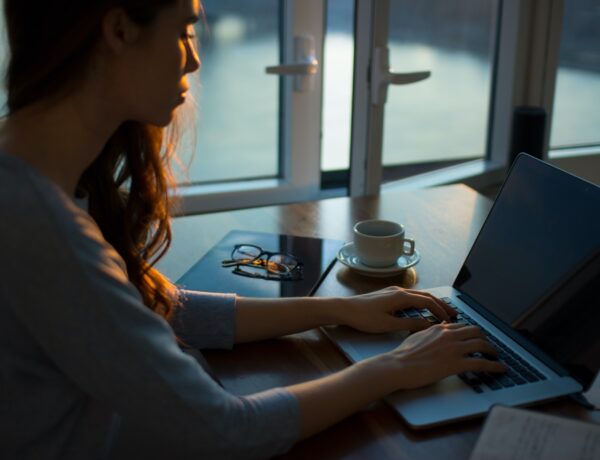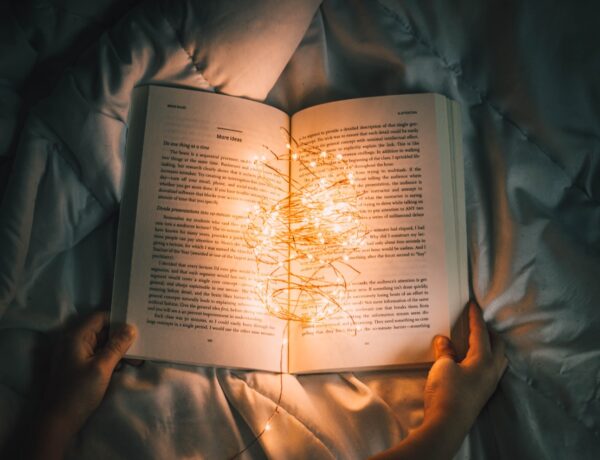Exposition in literature is a bit like setting the stage before the main act of a play. It’s the part of storytelling that provides essential background information, setting the scene and introducing characters, all to give readers a solid footing in the story’s world. However, the trick lies in doing this without making readers feel like they’re wading through a textbook or, worse, getting lost in a maze of details.
The challenge here is a delicate one. How does one weave in the backstory, the setting, the context, without stopping the narrative in its tracks? It’s about giving just enough information to enlighten, not so much that it overwhelms. Think of it like seasoning a dish – the right amount enhances the flavor, but too much can overpower the main ingredients.
This introduction to the art of exposition will explore various strategies to hit that sweet spot. It’s about guiding readers through the story’s world in a way that feels natural and engaging, enhancing their understanding without bogging down the excitement of the unfolding plot. Effective exposition is an art form in itself, one that, when mastered, can elevate a story from good to unforgettable.
Understanding Exposition in Storytelling
Exposition in storytelling serves as the foundation that supports the entire narrative structure. It’s the tool used to introduce the reader to the world of the story, offering insights into the setting, characters, historical context, and the rules of this new world. Essentially, it’s the background information that readers need to understand and follow the unfolding story.
However, handling exposition is akin to walking a tightrope. One common pitfall is ‘info-dumping,’ where a chunk of background information is dropped on the reader all at once. This often happens when a writer tries to explain everything right at the beginning, leading to overwhelming and disengaging passages. Another issue is overly complex explanations that can leave readers more confused than informed. It’s like being given a map that’s too detailed and difficult to read when all that’s needed is a simple guide to start the journey.
The key to successful exposition lies in its seamless integration into the narrative. It shouldn’t feel like a pause or a break from the story but rather a natural part of it. Think of it as weaving threads into a tapestry, where the exposition is interlaced subtly with the plot and character interactions. This way, readers absorb the necessary background in small, digestible pieces that feel relevant and interesting, keeping them engaged and immersed in the story.
Techniques for Effective Exposition
Crafting effective exposition is about finding creative ways to weave background information into the narrative without disrupting its flow. One effective strategy is to sprinkle bits of background throughout the story, revealing them gradually as they become relevant. This approach maintains the story’s momentum and keeps the reader intrigued, eager to learn more.
Dialogue is a powerful tool for subtle exposition. Through conversations between characters, writers can reveal key details about the story’s world, their past, or their relationships. It’s a natural and dynamic way to impart information, as it comes directly from the characters, making it feel more integrated into the story. For example, a casual reminiscence between old friends can offer insights into their shared history without needing a separate explanatory passage.
Description and action can also serve as vehicles for exposition. Descriptive passages, when used sparingly and effectively, can paint a vivid picture of the setting or a character’s background. Action sequences can be equally informative. For instance, a character’s reaction to a high-stress situation can reveal a lot about their past experiences and skills.
Many well-known pieces of literature provide examples of successful exposition. In To Kill a Mockingbird by Harper Lee, the history of the Finch family and the town of Maycomb is woven into the narrative through Scout’s observations and interactions. Similarly, in 1984 by George Orwell, the dystopian world is introduced through the protagonist’s experiences and interactions, rather than through lengthy descriptions. These examples show how exposition, when done right, can enrich the story and enhance the reader’s immersion, rather than detract from it.
Balancing Exposition with Narrative Flow
Maintaining a balance between exposition and narrative flow is like juggling; it requires skill, timing, and a keen sense of what the audience needs. The goal is to provide enough information to keep the reader informed without stalling the story’s momentum. This balance is crucial because too much exposition can make the narrative feel sluggish, while too little can leave readers bewildered and disconnected.
One technique to ensure that exposition feels natural and relevant is to integrate it into the action. Instead of pausing the story to explain, background details can be revealed through the characters’ actions and decisions. This approach ties the information directly to the plot, making it feel more relevant and less like a detour. For instance, a character navigating a tricky situation can reveal much about the world’s politics or society’s norms without needing an explicit aside to explain these elements.
Another strategy is to use the setting itself as a vehicle for exposition. Descriptions of the environment, cultural norms, or historical landmarks can provide a wealth of background information. When done skillfully, this not only sets the scene but also enriches the reader’s understanding of the story’s context.
Gauging the right amount of exposition for different types of stories is part art, part science. It often depends on the genre and the complexity of the world being created. Fantasy or science fiction, for example, might require more exposition to build an unfamiliar world, whereas a contemporary drama set in a familiar setting might need less. A good rule of thumb is to ask whether each piece of information directly enhances the reader’s understanding of the plot, characters, or setting. If it does, it’s likely a valuable inclusion. If not, it might be worth revising.
In essence, the key to balancing exposition with narrative flow lies in making the exposition an integral part of the story. When done well, it becomes an invisible yet essential thread that holds the narrative tapestry together, providing context and depth without detracting from the story’s pace or engagement.
Final Thoughts
Mastering the art of exposition is a crucial skill in the craft of storytelling. It’s about finding that sweet spot where the background information enhances the narrative without overwhelming it. The key points to remember include using dialogue, action, and description as tools for subtle exposition, and weaving in necessary details as part of the story’s natural progression. It’s important to avoid the common pitfalls of info-dumping or over-complicating the explanations.
Subtlety and integration are the watchwords for effective exposition. The goal is to make the background information feel like a natural part of the narrative, almost imperceptible in its integration, yet vital to the reader’s understanding and immersion in the story.
Exposition, when done skillfully, plays a significant role in enhancing reader engagement. It provides the lens through which readers view the story, deepening their connection to the narrative and enriching their overall experience. A well-crafted exposition not only informs but also entices, inviting readers to delve deeper into the world of the story and connect more intimately with its characters and themes. In the end, the art of exposition, much like any aspect of writing, is a balance of providing just enough to ignite the reader’s imagination, guiding them through the story’s world without ever pulling them out of the narrative spell.




No Comments